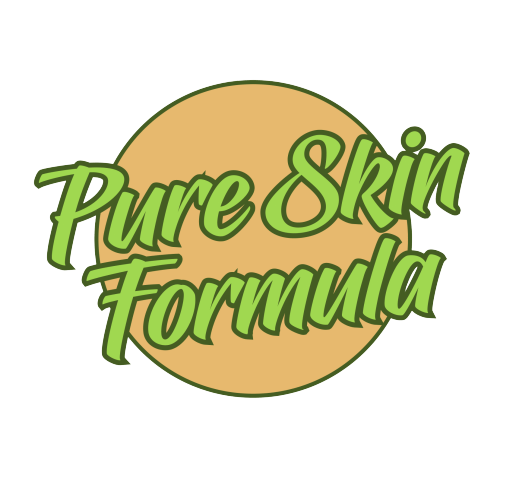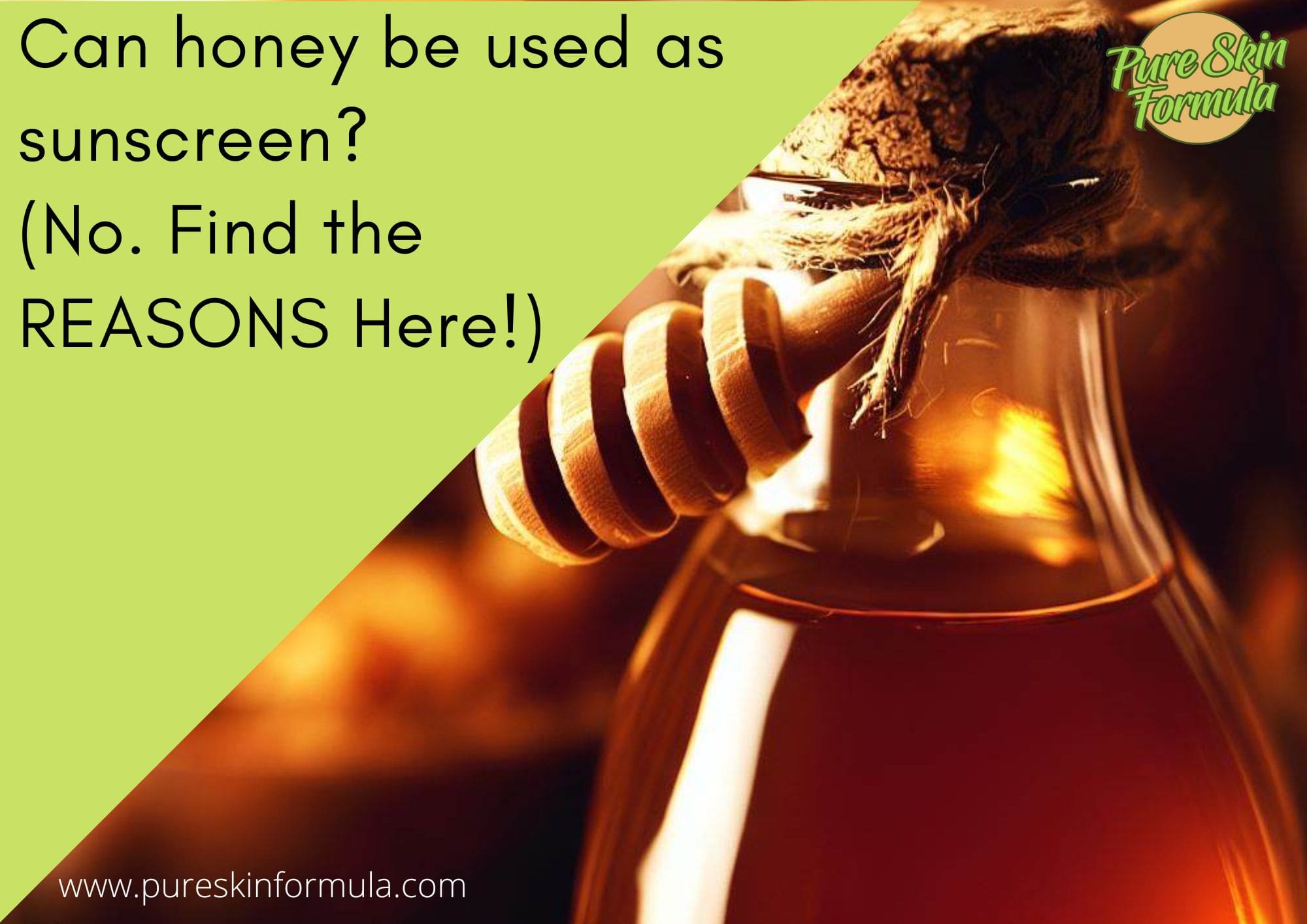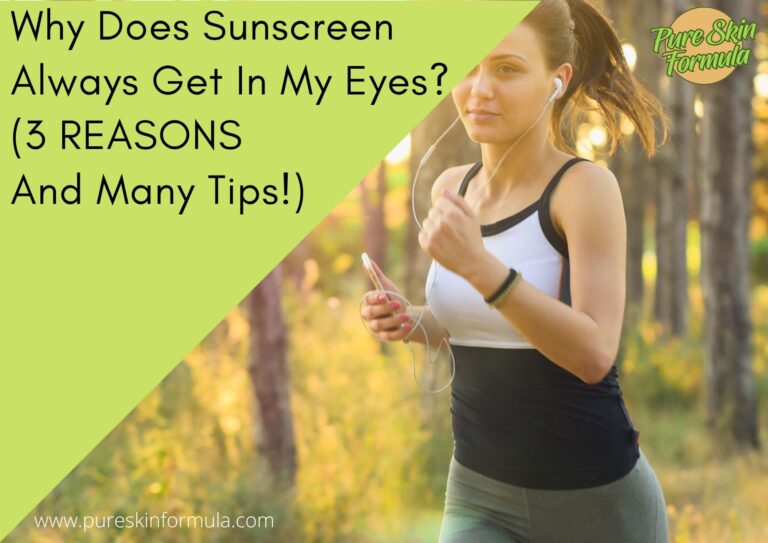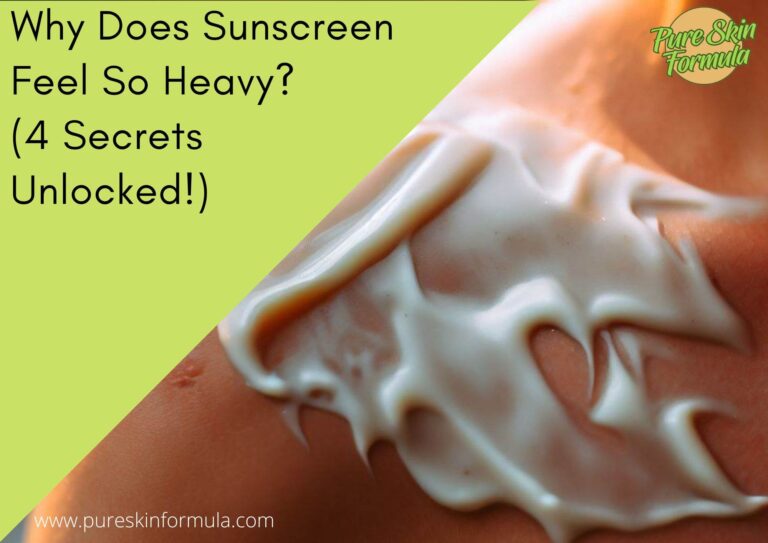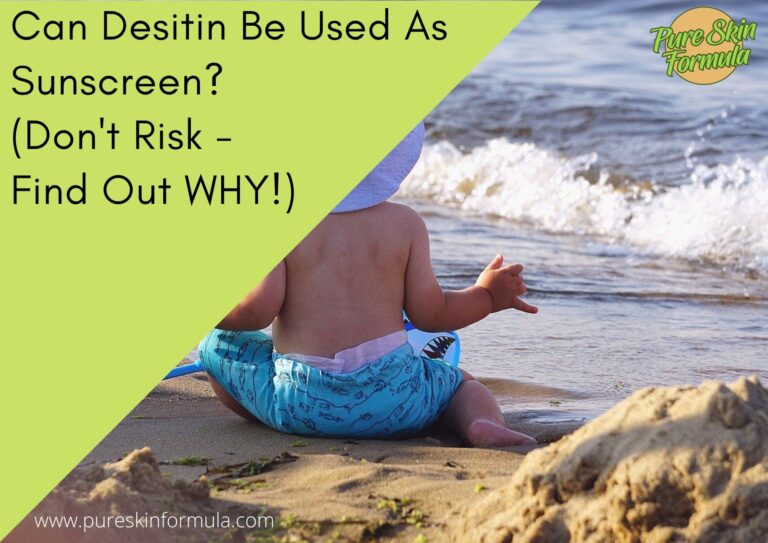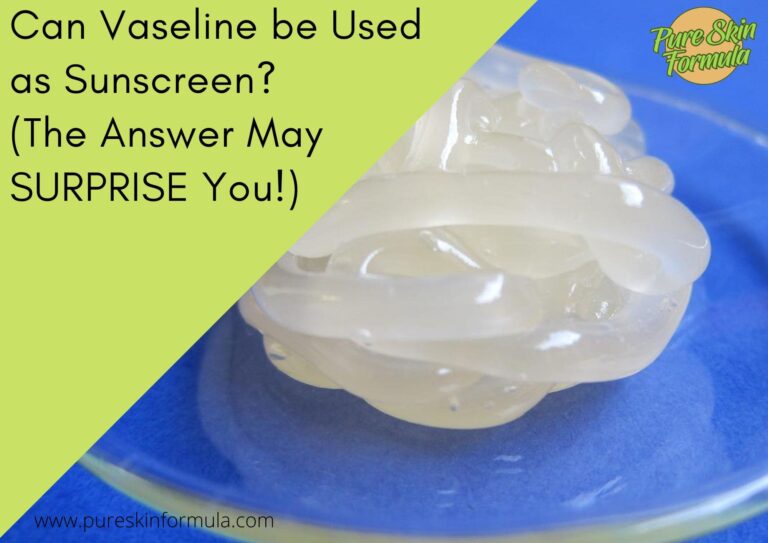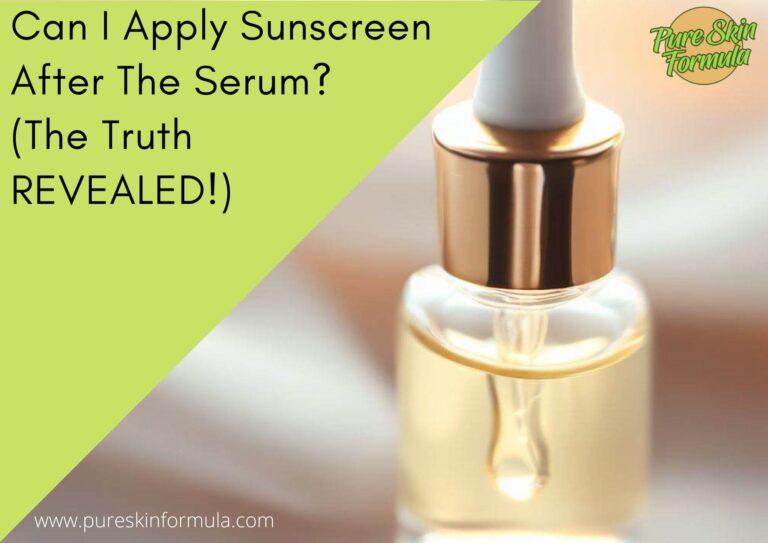In a world where natural remedies are gaining popularity, honey’s ability to protect us from the sun piques our curiosity. Honey, that golden elixir crafted by industrious bees, has long been cherished for its remarkable properties. But can it shield us from the sun’s potentially harmful rays?
In this article, I will dive deep into the intriguing realm of honey and explore its potential as a natural sunscreen alternative. So, join me on that exciting journey!
Can honey be used as sunscreen?
Honey cannot be effectively used as a standalone substitute for sunscreen. While it does have some antioxidant and anti-inflammatory properties that may benefit the skin, it does not provide sufficient protection against harmful UV rays.
Sunscreen works by either absorbing or reflecting UV radiation, and conventional sunscreens undergo rigorous testing to determine their sun protection factor (SPF) and effectiveness.
Although studies have explored honey’s potential as a UV protectant, the results could be more conclusive and consistent. Honey’s UV protection ability varies depending on the type, floral source, and processing methods.
Honey’s sticky nature may also attract and retain dirt and dust, potentially causing skin irritation and clogging pores.
It is vital to prioritize sun protection by using a broad-spectrum sunscreen with a high SPF and other protective measures such as wearing hats, seeking shade, and limiting sun exposure during peak hours.
Let’s explore this further.
What makes honey so good for our skin?
Honey, that delicious golden syrup, is a natural wonder with a complex composition. It consists mainly of sugars, including fructose and glucose, which give it its sweet taste. Alongside sugars, honey also contains water, vitamins, and minerals that contribute to its unique properties.
These vitamins include B complex vitamins, vitamin C, and some traces of minerals like potassium, calcium, and magnesium. The specific composition can vary depending on the floral source and geographical region where the honey is produced.
This incredible combination of nutrients makes honey a tasty treat and a potential source of benefits for our skin.
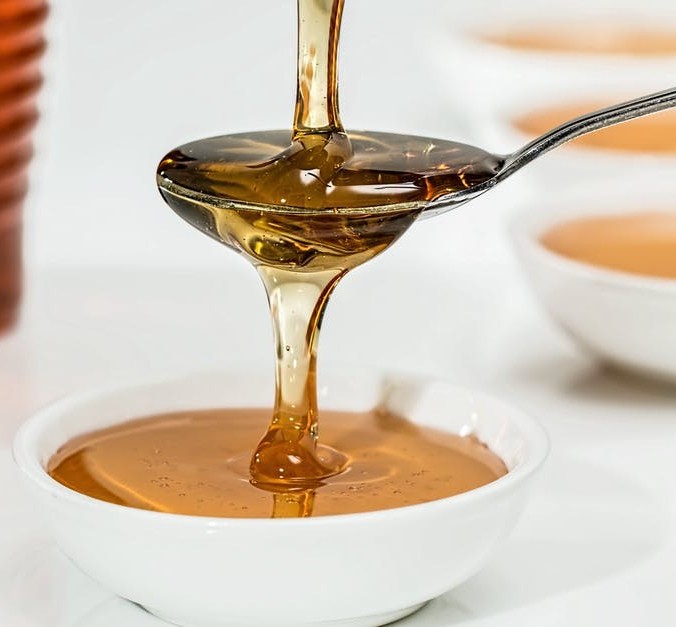
One of the remarkable qualities of honey lies in its antioxidant and anti-inflammatory properties. Antioxidants help neutralize harmful free radicals in our bodies, which can damage cells and contribute to aging and disease.
Honey contains various antioxidants, such as flavonoids and phenolic acids, to help combat oxidative stress and promote overall skin health. They also contribute to honey’s potential anti-inflammatory effects, soothing and calming the skin.
Honey is a natural humectant. It attracts and retains moisture, making it an excellent ingredient for hydrating dry skin. The gentle exfoliating action of honey can help remove dead skin cells, promoting a smoother and more radiant complexion.
Moreover, honey’s antimicrobial properties may assist in preventing infections and promoting wound healing. Some also report that honey can help soothe minor skin irritations and relieve acne or eczema.
Sounds like a solid list, but what about its properties as a sunscreen?
Honey’s UV protection potential
Scientific studies have explored the potential of honey to offer UV protection, but the findings still need to be conclusive. Some research suggests that certain types of honey, particularly those with darker colors, may have a limited ability to absorb or block a small percentage of UV rays.
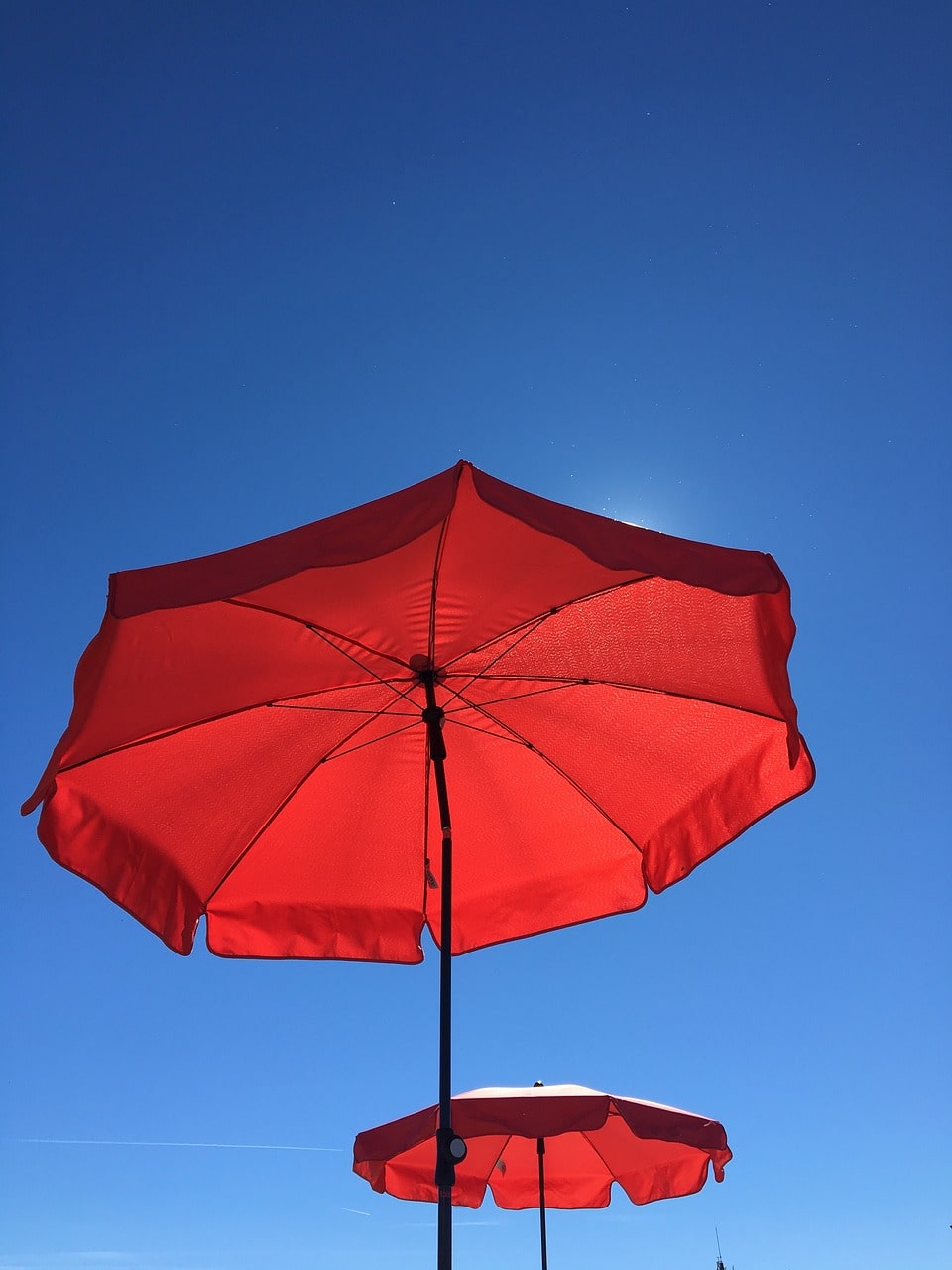
However, the level of UV protection provided by honey is significantly lower compared to conventional sunscreens. It’s essential to recognize that these studies often use specific experimental conditions, and the results may not directly translate to real-life sun exposure scenarios.
What is SPF?
The sun protection factor, or SPF, measures a sunscreen’s ability to protect the skin from UVB rays, which are primarily responsible for sunburn. SPF indicates the level of protection against UVB rays compared to unprotected skin.
For example, an SPF 30 sunscreen should, in theory, provide 30 times longer protection against sunburn than not wearing any sunscreen. However, it’s important to note that SPF only measures protection against UVB rays and not UVA rays, which can also contribute to skin damage.
Knowing the above information, let’s see how to squeeze the maximum from honey regarding sun protection.
How to use honey as a sunscreen substitute?
If you choose to experiment with honey as an ingredient in sun protection formulations, there are various recipes you can try. For example, mix honey with aloe vera gel and a few drops of carrier oil to create a moisturizing sunscreen-like blend.
Another option is combining honey with shea butter and a natural zinc oxide powder to enhance its UV protection properties potentially.
Remember that these homemade recipes are not replacements for commercial sunscreens that undergo rigorous testing and certification. They can offer additional moisture and potent antioxidant benefits to the skin.
However, the level of UV protection they provide remains to be determined and needs to be revised.
Is honey appropriate for your skin?
Before using honey or any alternative sun protection method, it’s crucial to consider individual factors such as skin type, allergic reactions, and sun exposure levels. Different skin types have varying degrees of sensitivity to sun exposure, and some may require higher levels of sun protection.
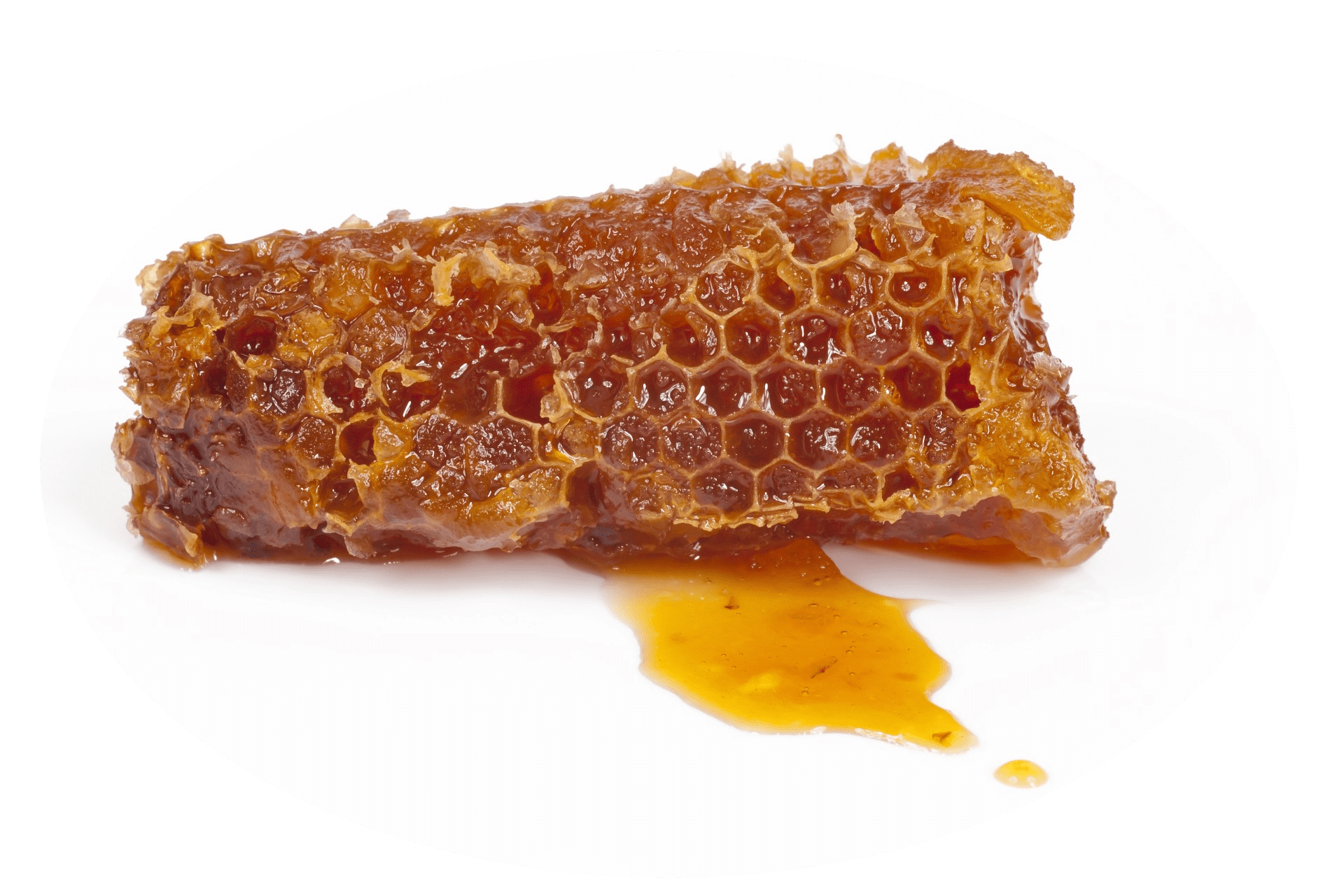
Some of us may have allergies or sensitivities to honey or other ingredients commonly used in homemade formulations. To check for adverse reactions, perform a patch test before applying any new mixture to your skin.
The level of sun exposure is an essential factor to consider. If you plan to spend an extended period in direct sunlight or during peak hours, you may need more than honey or homemade formulations to provide adequate protection.
Another drawback could be that honey’s sticky texture can attract dirt and dust, potentially leading to skin irritation or clogged pores, especially for those with oily or acne-prone skin.
Other natural sun protection alternatives
In addition to honey, other natural ingredients have been suggested to possess potential sun protection properties. Some of these include:
- Red Raspberry Seed Oil is believed to have natural UV-blocking properties and contains antioxidants that may help protect the skin from sun damage.
- Carrot Seed Oil is rich in antioxidants, including beta-carotene, which can offer some sun protection and support overall skin health.
- Green Tea Extract is known for its antioxidant properties, and topical application of green tea extract may help reduce the harmful effects of UV radiation on the skin.
- While not a direct sun protectant, shea butter has natural moisturizing properties and may help keep the skin hydrated and nourished, supporting the skin’s overall resilience to sun damage.
While exploring natural alternatives for sun protection is intriguing, it’s crucial to remember that they should be considered complementary to, rather than a replacement for, conventional sunscreens.
Conclusion
While honey possesses specific natural properties that may offer limited sun protection, it falls short of providing reliable and comprehensive defense against harmful UV rays. As much as we appreciate the wonders of nature, it’s essential to prioritize our skin’s health and safety.
Embracing the sun with wisdom and caution involves utilizing tested and certified sunscreens with appropriate SPF ratings, seeking shade during peak hours, and wearing protective clothing.
Your skin deserves the best care, so consult dermatologists and healthcare professionals for personalized sun protection advice. Embrace the sun’s warmth, but do so with the knowledge and safeguards to keep your skin glowing and healthy for years!
Thank you for reading!
Valeria
